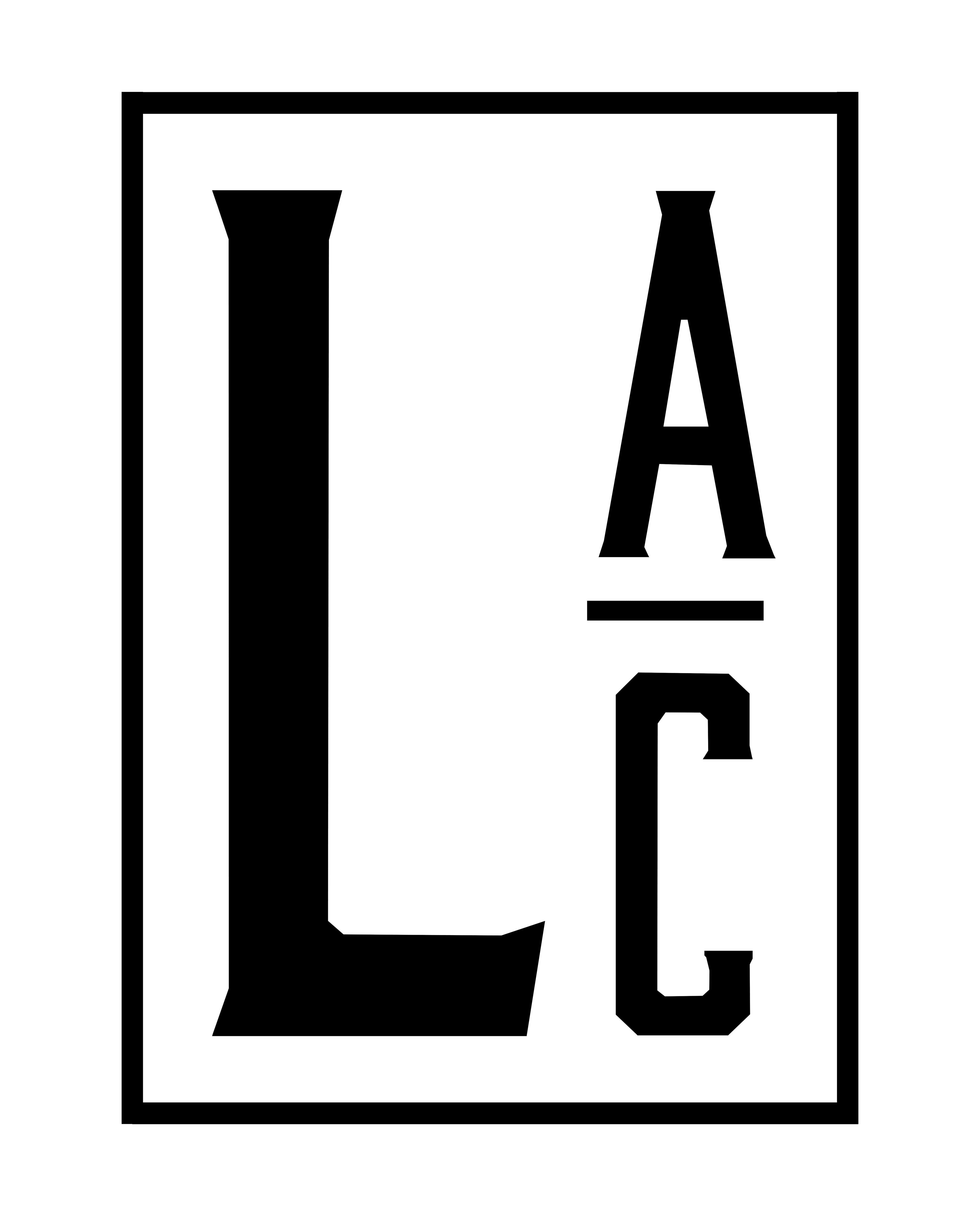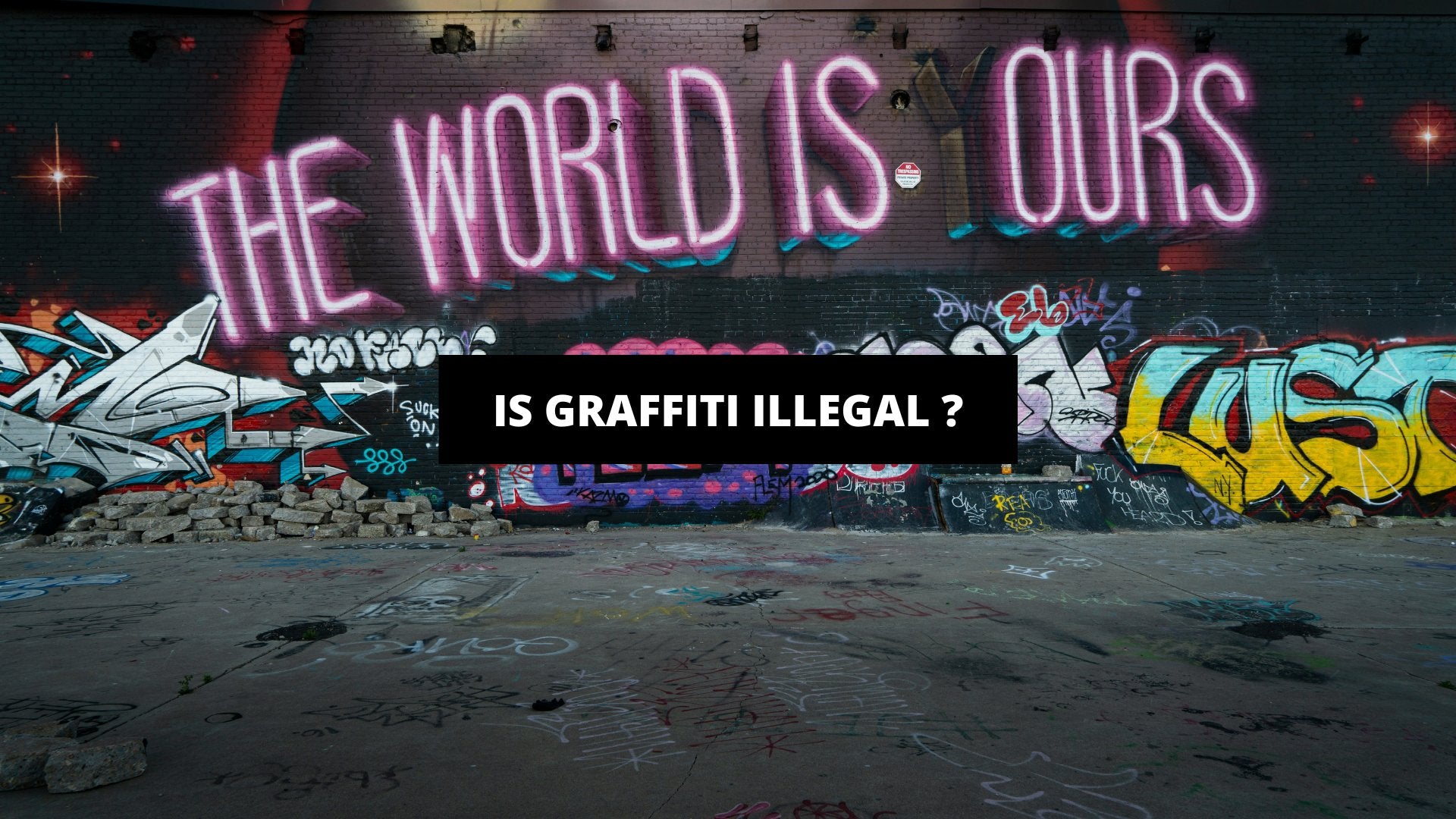Graffiti is a form of art that has sparked controversy and debate for decades. Many question its legality and whether it constitutes vandalism or artistic expression.
In this article, we will explore the laws surrounding graffiti, the consequences of illegal graffiti, and why it is considered a crime in many places. We will also delve into the different types of graffiti, the debate between street art and graffiti, and the arguments for and against this controversial art form.
Join us as we explore the world of graffiti and uncover its complexities.
What is Graffiti?
Graffiti is a form of artistic expression that involves creating visual art in public spaces, often reflecting the artist's creativity and social messages.
This form of art dates back thousands of years, with ancient civilizations using rock carvings and cave paintings to tell stories and leave their mark. Over time, graffiti has evolved into a complex art form, blending traditional techniques with modern urban elements. Artists utilize a variety of mediums, including spray paint, stencils, stickers, and wheat paste, to create their pieces. These works often serve as a powerful medium for social commentary, political statements, and personal expression.
Is Graffiti Illegal?
The legality of graffiti varies widely depending on local laws and regulations, with many jurisdictions considering it illegal without the explicit permission of property owners.What Are the Laws Surrounding Graffiti?
Laws surrounding graffiti typically focus on prohibiting unauthorized markings on public property and private property, with enforcement mechanisms to deter vandalism.For example, in New York City, graffiti falls under the City's Administrative Code Title 10, which prohibits the etching of graffiti on any building or other structure
On the other hand, in Berlin, Germany, there are designated legal walls where graffiti artists can freely express their creativity without facing fines or penalties.
In Melbourne, Australia, the Graffiti Prevention Act 2007 allows authorities to issue removal notices to property owners if graffiti is not removed within a given time frame.
What Are the Consequences of Illegal Graffiti?
Illegal graffiti can lead to various consequences, including fines, community service, and even imprisonment, as well as negative impacts on property owners who may face costs for cleaning and repair.These penalties are put in place to deter individuals from engaging in vandalism, as the costs and legal repercussions can be severe. Property owners not only face financial burdens but also emotional distress and a sense of violation when their spaces are defaced. The broader community suffers when public areas are marred by graffiti, affecting the overall aesthetics and safety of the environment.
Why is Graffiti Considered a Crime?
Graffiti is often considered a crime because it is viewed as an act of vandalism that leads to the defacement of property without the owner's consent, negatively impacting society and property values.
Does Graffiti Cause Damage?
Graffiti can cause significant damage to public spaces and private properties, requiring costly clean-up and restoration efforts.
From defacing historical landmarks to vandalizing storefronts, the impact of graffiti extends beyond mere visual pollution. The use of toxic chemicals and harsh solvents for graffiti removal can further degrade surfaces, leading to irreversible damage. Public transportation systems often fall victim to graffiti, tarnishing the aesthetic appeal and decreasing property values in affected areas. Graffiti promotes a sense of neglect and can attract other forms of criminal activity, increasing security concerns and impacting the overall quality of life in communities.
Does Graffiti Create a Negative Image?
Graffiti can create a negative image in communities, contributing to perceptions of disorder and neglect, and potentially lowering property values.Research has shown that neighborhoods with high levels of graffiti often experience increased fear of crime among residents, leading to a sense of insecurity and unease.
Public spaces covered in graffiti can deter community members from utilizing these areas for recreational purposes, reinforcing the perception of decline in the neighborhood.
- Studies have indicated a correlation between the presence of graffiti and a decrease in community pride and social cohesion, as individuals are less likely to engage with their surroundings when plagued by unsightly vandalism.
Does Graffiti Contribute to Vandalism?
Graffiti is often associated with vandalism and rebellion, with some instances leading to safety hazards and contributing to a cycle of property defacement.
It's important to recognize that graffiti can also be a form of artistic expression and cultural commentary. While illegal graffiti can be destructive, there are instances where it can spark important conversations and add vibrancy to urban landscapes.
The motivations behind graffiti as an act of rebellion often stem from a desire to challenge authority and make a statement about societal issues. Unfortunately, the line between graffiti as art and graffiti as vandalism is often blurred, leading to debates about its impact on communities.
What Are the Different Types of Graffiti?
Graffiti encompasses a variety of art forms, each with its own unique style and technique, often created by street artists who bring their creativity to public spaces.
Tagging
Tagging is one of the most common forms of graffiti, involving the creation of stylized signatures or 'tags' by artists to mark their presence in public spaces.Tagging has a long history dating back to the early days of urban street art, where artists utilized this method to leave their unique imprint on city surfaces. Beyond just a form of vandalism, tagging has evolved into a means of self-expression and identity construction for many graffiti artists. Personal branding plays a significant role in shaping an artist's reputation and visibility within the graffiti community. As artists develop their distinct tags, they establish a recognizable visual language that distinguishes them from others.
Throw-ups and Stickers
Throw-ups and stickers are quick forms of graffiti that involve creating bubble letters or using pre-made adhesive pieces to quickly mark public spaces.Artists typically use large markers or spray paint for throw-ups, allowing them to cover a large area quickly. Bubble letters are a common style for throw-ups due to their bold and eye-catching appearance.
Stickers, on the other hand, are often created off-site and then applied to surfaces in a matter of seconds. Vinyl stickers are popular for their durability and weather resistance, making them ideal for outdoor use.
These techniques have become prevalent in the street art scene for their efficiency and versatility, allowing artists to leave their mark in various urban settings.
Stencils
Stencils offer graffiti artists a way to create precise and often intricate designs quickly, using cut-out templates to apply paint or ink to surfaces.One of the key advantages of using stencils in graffiti is the ability to reproduce a design multiple times with consistent precision. With a stencil, an artist can meticulously craft a detailed image on a template, which can then be easily replicated on various surfaces. This method not only saves time but also ensures that the artwork retains its intricate details across multiple locations.
Murals
Murals are large-scale paintings or designs created on walls and other public surfaces, often celebrated for their artistic value and ability to transform urban landscapes.These vibrant artworks serve as powerful tools to convey social messages, depict cultural heritage, and beautify otherwise dull spaces. For instance, the famous Philadelphia Muses mural by artist Meg Saligman not only adds color to the city's skyline but also pays homage to the city's artistic legacy and showcases diverse representations of beauty. Such murals can evoke a sense of pride and unity among community members and become iconic landmarks that promote tourism and local identity.
Wildstyle
Wildstyle is a complex and abstract form of graffiti that features interwoven and overlapping letters, often requiring a high level of skill and creativity from the artist.
One of the most notable aspects of wildstyle graffiti is the intricate and elaborate designs that artists create, pushing the boundaries of traditional lettering to new heights. The unique typography and visual complexity of wildstyle sets it apart from other forms of street art, making it a sought-after style among graffiti enthusiasts worldwide. Creating a successful wildstyle piece involves a meticulous process of planning and execution, with artists often spending hours perfecting each detail to achieve an aesthetically pleasing and harmonious composition.
Is There a Difference Between Street Art and Graffiti?
While graffiti and street art share the common ground of being art forms displayed in public spaces, they differ in terms of intent, techniques, and public perception.One key distinction is that graffiti is often seen as rebellious, focusing on political or social messages, while street art tends to lean more towards conveying aesthetic or thought-provoking themes.
Graffiti artists usually work quickly to avoid being caught, using spray paint and bold, repetitive tags. Street artists, on the other hand, may take their time, using various mediums like stencils, murals, or installations.
Perceptions of these art forms also differ widely: graffiti is often considered vandalism, associated with illegal activity, while street art is increasingly embraced as a form of cultural expression and even celebrated in public spaces.
What Are the Arguments For and Against Graffiti?
The debate over graffiti is marked by strong arguments both for and against it, with proponents emphasizing its artistic value and cultural significance, while opponents highlight issues of legality and property rights.
Arguments For Graffiti
Supporters of graffiti argue that it is a legitimate form of artistic expression that enriches communities and holds significant cultural importance.Furthermore,
graffitiplays a pivotal role in fostering creativity among individuals, especially marginalized voices seeking to be heard in a public space. By transforming blank walls into vibrant murals, artists are able to convey powerful messages and evoke emotions in viewers. This art form not only beautifies urban landscapes but also serves as a means of cultural documentation, reflecting the diverse identities and stories of a community. Overall,
graffitiserves as a dynamic expression of societal values and beliefs, bridging the gap between art and activism.
Arguments Against Graffiti
Critics of graffiti argue that it constitutes vandalism, damages property, and poses safety hazards, emphasizing the need for legality and respect for property rights.When urban spaces are marked with graffiti without permission, the sense of safety and pride in a community can diminish. Tagging and unauthorized art can give the impression of neglect and disorder, which may attract other unwanted behavior. Graffiti on public transportation systems or road signs can lead to confusion and compromise public safety. In some cases, graffiti can also convey offensive messages or provoke rivalries between street artists, escalating into physical altercations that jeopardize community harmony.
Frequently Asked Questions
Is graffiti illegal?
Yes, graffiti is considered illegal in most cities and countries around the world.
What is the definition of graffiti?
Graffiti is the act of marking or drawing on a surface, typically in a public space, without permission from the owner of the surface.
Why is graffiti considered illegal?
Graffiti is considered illegal because it often involves vandalism and destruction of property, which is a crime.
Can graffiti ever be legal?
In some cases, graffiti may be legal if it is done with the permission of the property owner and follows certain guidelines set by the city or community.
What are the consequences of illegal graffiti?
The consequences of illegal graffiti can vary, but they often include fines, community service, and even jail time depending on the severity of the offense.
Is there a difference between graffiti and street art?
While both involve creating images or words on public surfaces, graffiti is often considered illegal while street art may be done with permission and is seen as a form of artistic expression.


Which Artist Chose Graffiti For Creative Expression ?
Do Children Really Need Their Own Bedroom ?